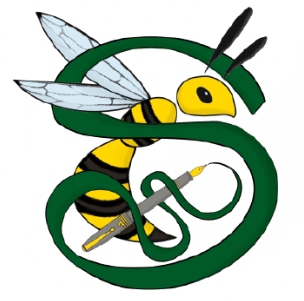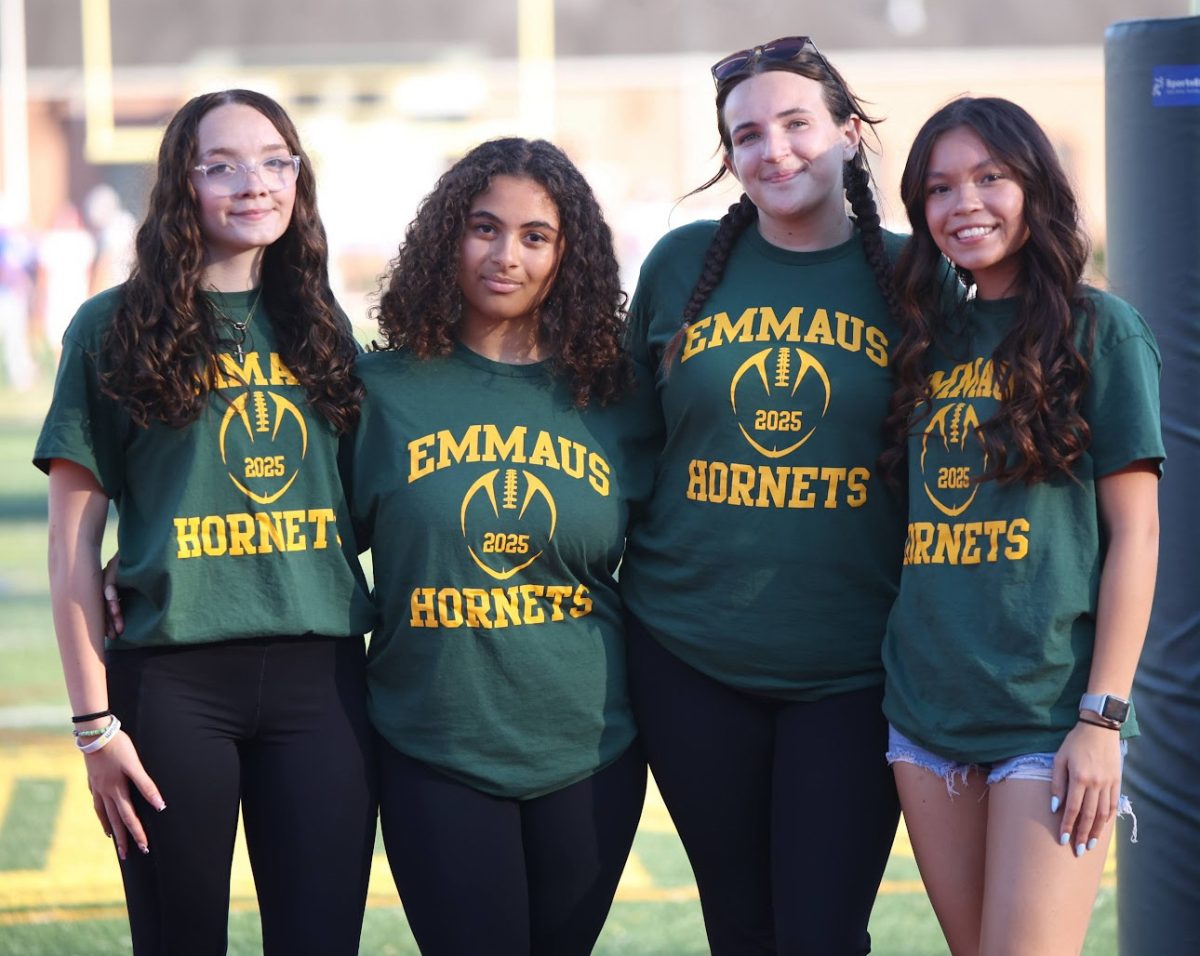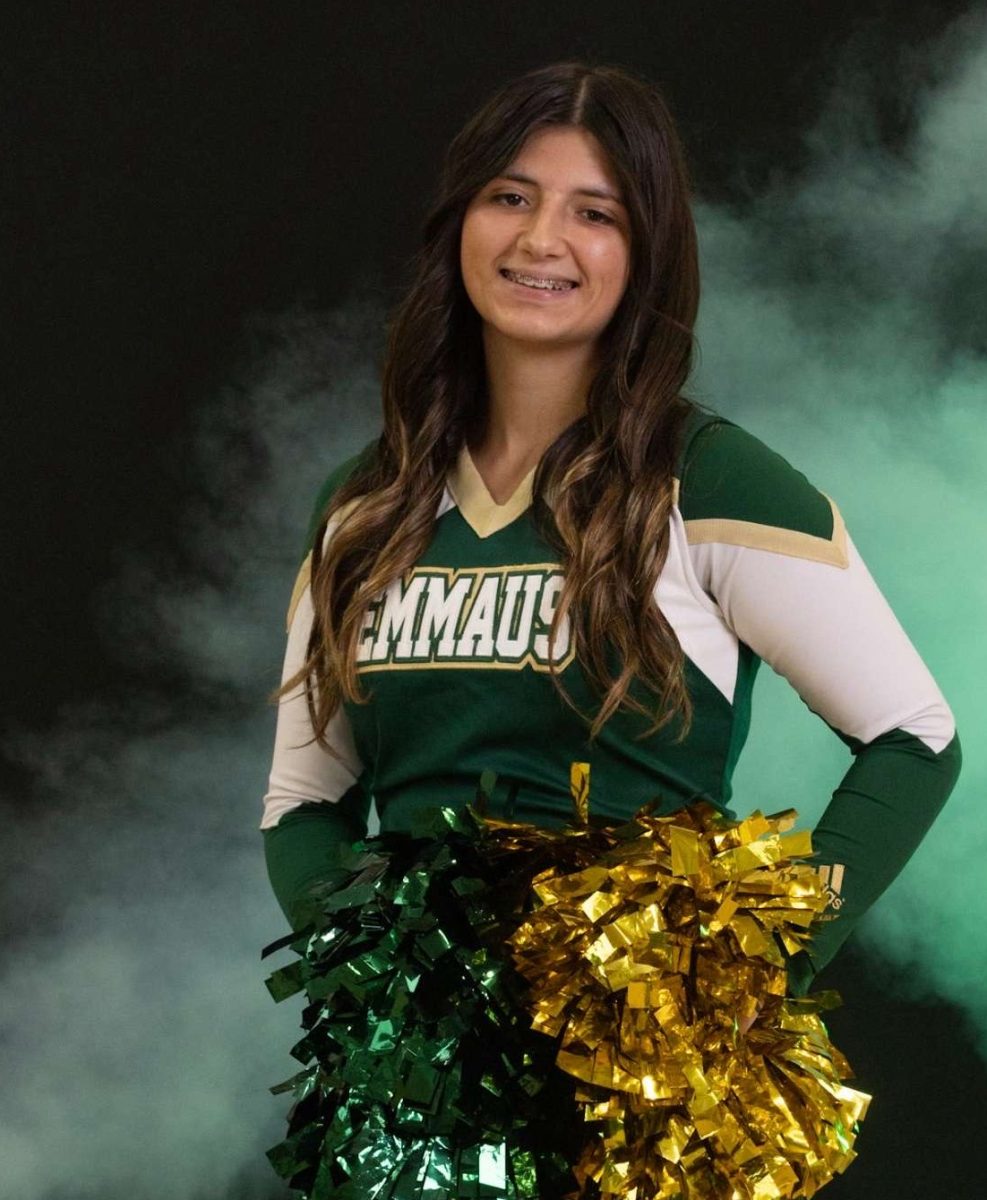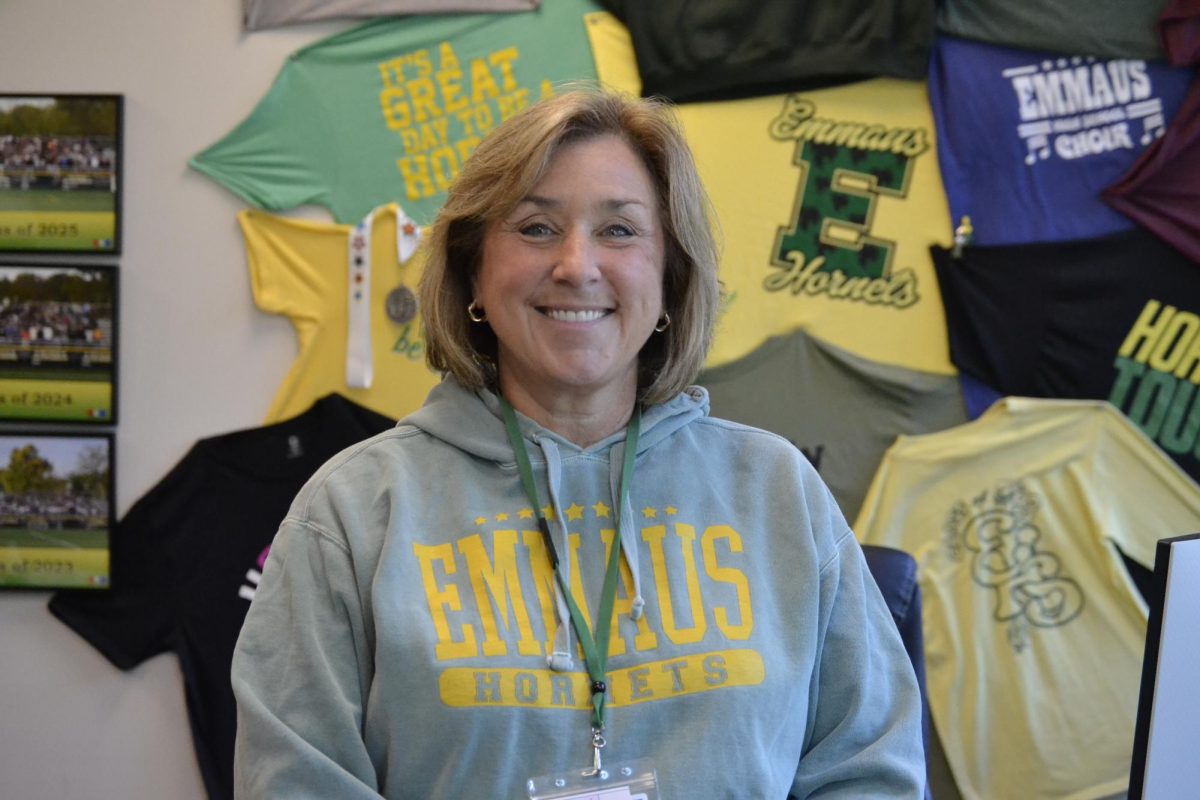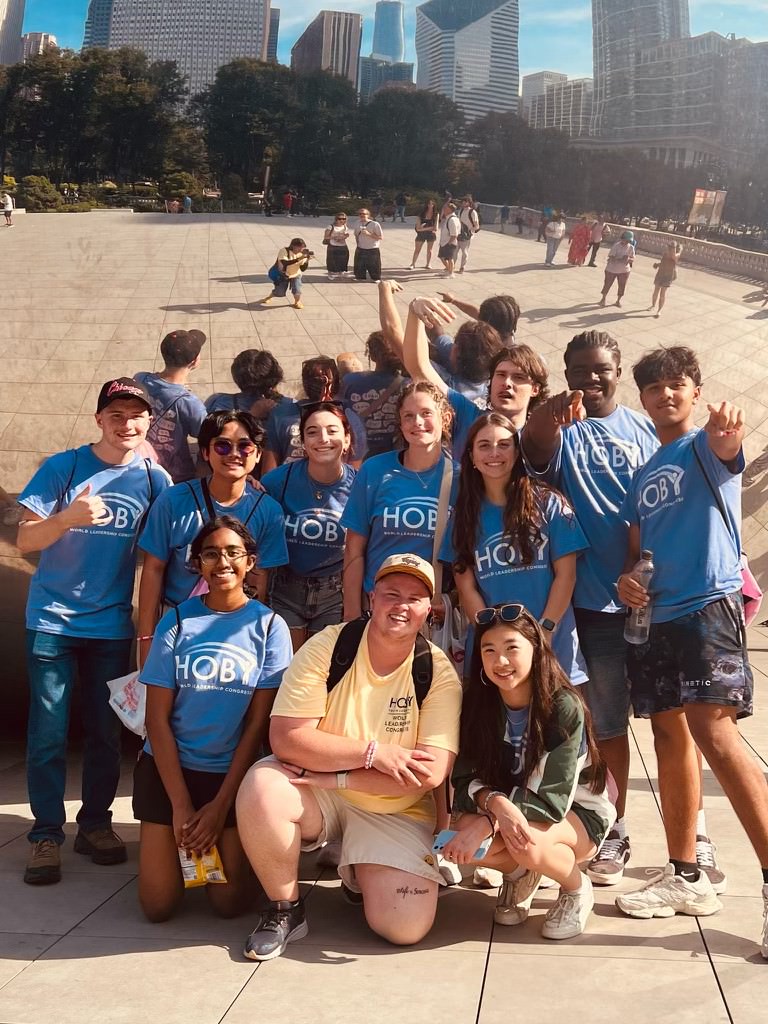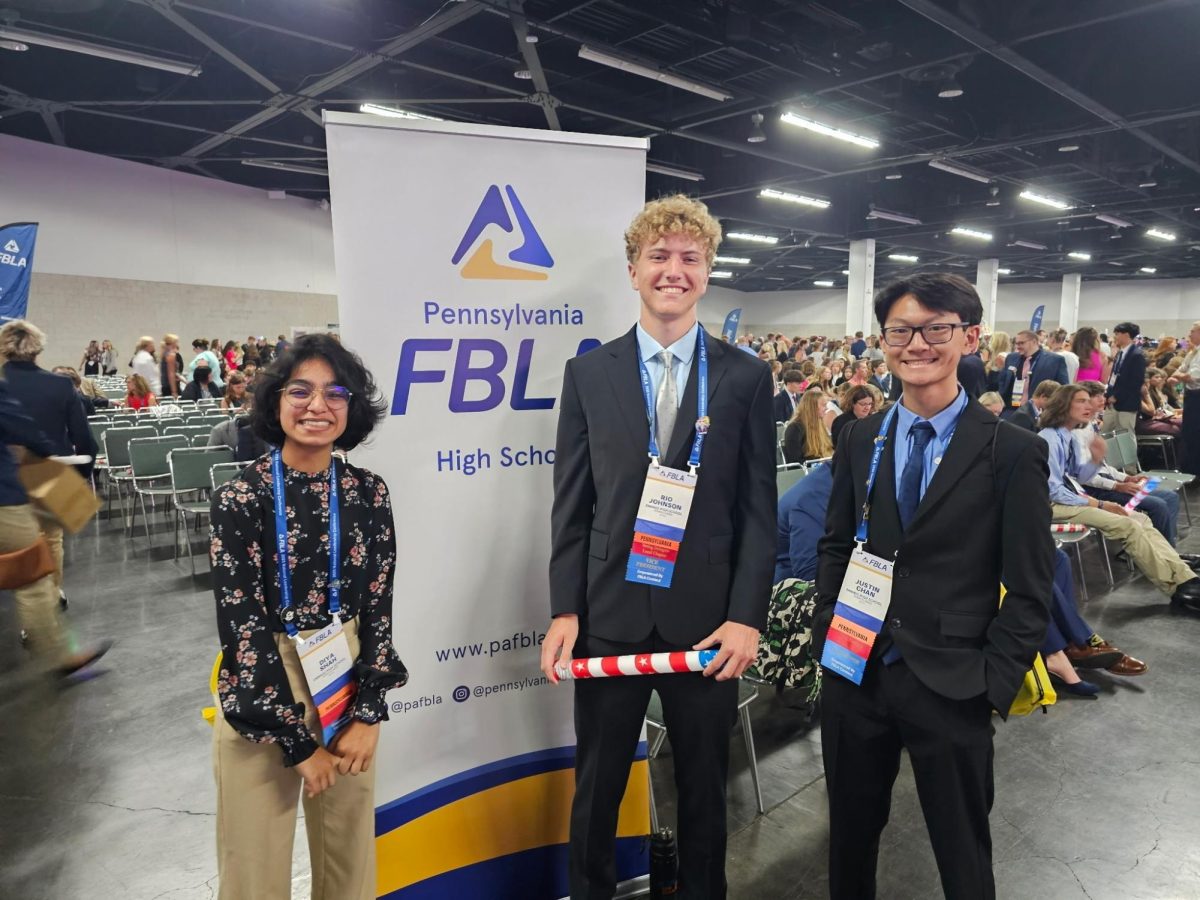Previously appeared in our May print issue.
There are currently 1,729 East Penn students enrolled in VESPA, with 147 of those students being high schoolers. In the interest of many students, online schooling offers flexibility that in-person schooling may not.Gaining traction from COVID-19, the Virtual East Penn Academy (VESPA) has been around since 2016, winning a model program award in 2018. The program helps K-12 students who felt they were more successful in an asynchronous learning environment.
Following its peak in 2020, VESPA has gone through many stages of development and changes to ensure success for the students who use it, while also allowing them to be involved with school activities.
Heather Moser, the head VESPA coordinator, shares the opportunities students have to participate in school activities.
“They have access to prom, games, and Homecoming, and all the stuff you guys like to do. They have access to all the clubs, all athletic teams, all of that. They participate,” Moser said.
Considering the inclusivity, online schooling can be a solace for students, including those who struggle with mental health.
VESPA senior Pluto Cowan said, “The way a normal school system works was just very, very stressful for me, andI found myself just not motivated to do anything, so when I found out about VESPA, I figured I’d give it a try, and it’s been very good so far.”
For some students, it’s hard to be in school — whether it’s because of drama, mental health struggles, or other underlying issues.With the implementation of VESPA by the East Penn School District provides students a way to learn from their comfort zone.Cowan explains how her experience in VESPA has helped her.
“They’re very supportive,” Cowan said. “They understand that things happen and [that] sometimes school can’t be the most important.”
The encouragement and understanding nature of VESPA teachers have helped her on a path to success, helping her with scheduling and other problems. However, there are a few issues she has with the program.
“One of the negatives is the course load if you have more than a few classes,” Cowan said. “I had to do so many more assignments than I was prepared for.”
According to Cowan, it is expected that students complete 20 assignments a week
in VESPA for attendance, but personally, she had to complete 42 assignments a week, which was 22 more assignments than what she was expecting. Despite this, Cowan has had an overall positive experience with VESPA, as it has helped with her motivation and mental
health enough to keep her on track.
“You have to be prepared to go into VESPA. It was a really big change, and includes a lot of different aspects that I didn’t necessarily see at the beginning that I can reflect on and see now,” Cowan said.
Along with helping students with mental health struggles, VESPA can also help students learn skills that will help them later on in life — just like in-person school.
“Kids who do well in [VESPA] advocate for themselves, and they’re good at planning and taking responsibility,” Moser said.
With few in person teachers, VESPA students often have to learn to manage their classes and assignments on their own to meet their minimum amount of assignments each week.
In essence, EPSD is an alternative learning environment for students who feel that asynchronous learning is a better fit for them — helping kids of all backgrounds.
